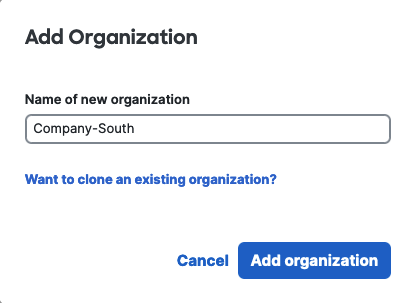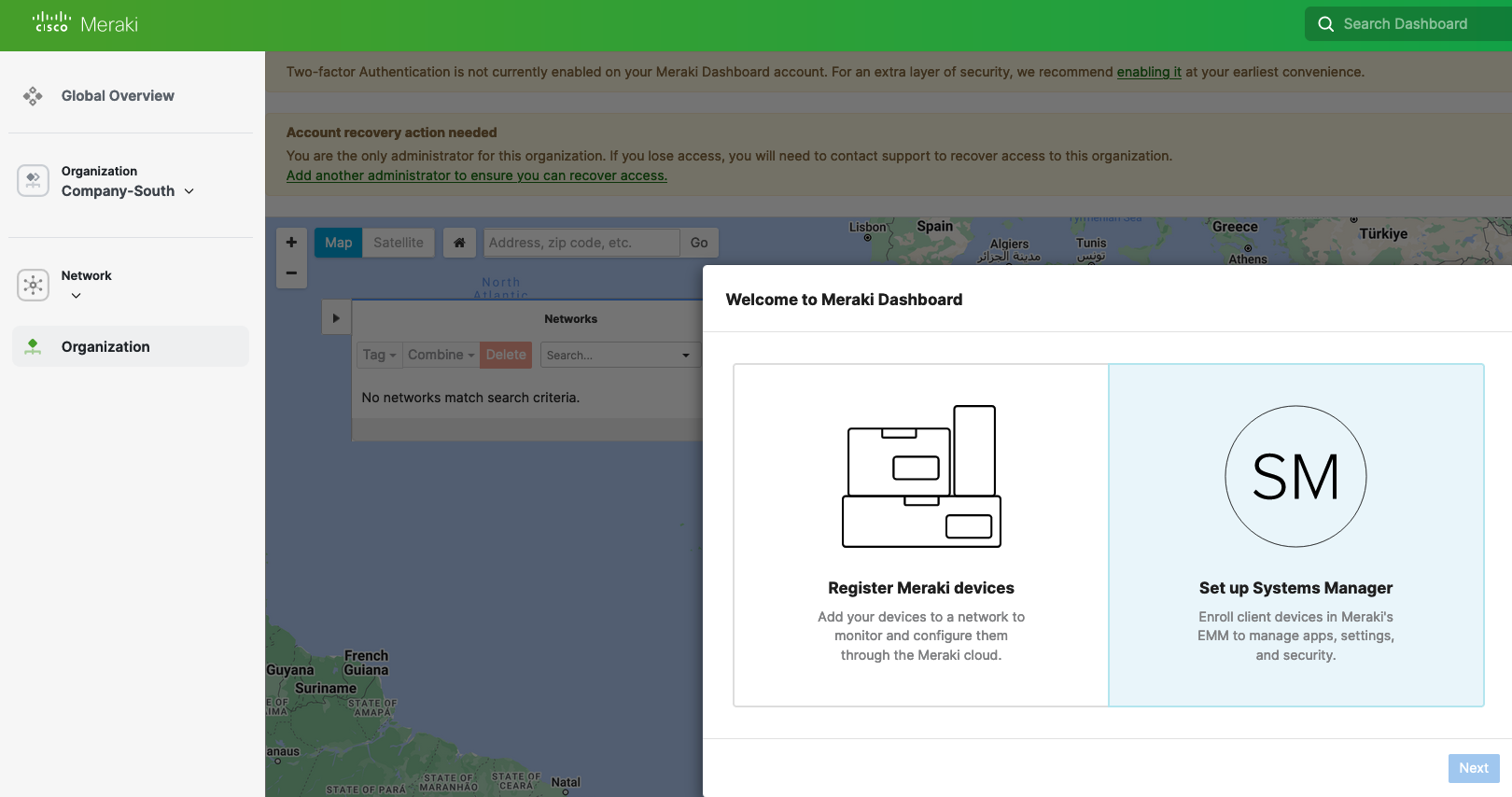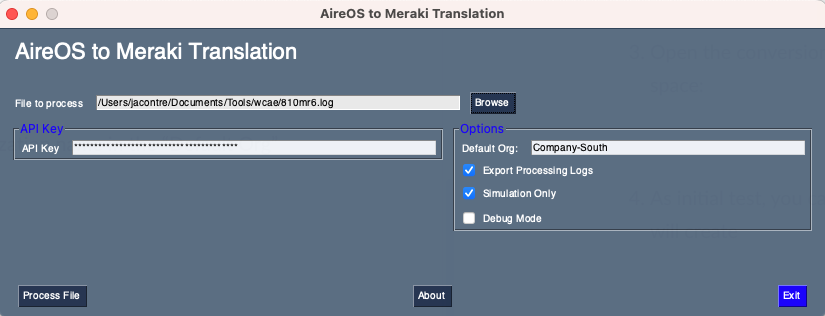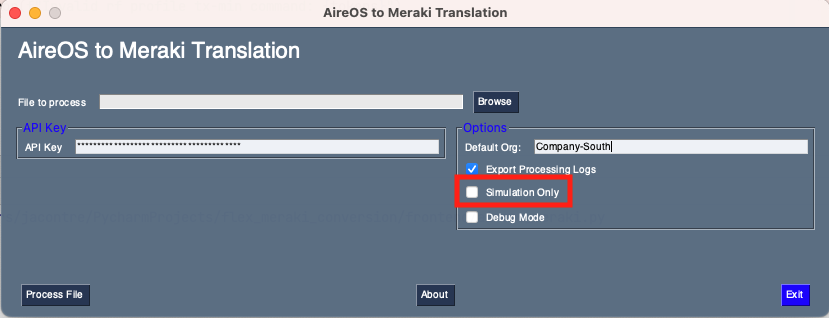AireOS to Meraki Translator

Download
Note: check Apple instructions on how to load unsigned applications
For support email to us: WCAE
Table of Contents
What is this tool?
The main idea is to reduce work needed to migrate from AireOS based network, into a Meraki Cloud deployment. It will not fully remove manual work, but it will simplify handling significantly
Key Points:
- Facilitate migration of Legacy AireOS networks into Meraki
- This is not a “conversion” but a “translation” as deployment model is different
- Simplify config import, reduce manual work
- Import passwords, radius servers and as much as possible from original config
- Translate RF settings as applicable
- Simulation option: test changes and get report, before actually pushing any config
- All WLANs are imported, regardless of switching mode (Central or Flex local switching)
- WLANs 1 to 16 are imported as part of the Default group, into a Network with the controller name
- All other WLANS (IDs 7-512), are imported using AP Group information, each group is mapped to its own new Network
Overwiew
- Takes a controller config and imports into your Meraki Dashboard account, creating networks to represent the controller, and AP groups present in the AireOS side
- Translates WLANs and RF settings as applicable
- Imports passwords (PSK, Radius)
- Flags unsupported features/commands

What is not done?
- APs need to be physically migrated and manually added to the corresponding network
- More complex features like QoS or Webauth needs to be reviewed
- L2 Network infrastructure needs to span the VLANS to the new AP ports, as the data switching model for Meraki is similar to Flex Local Switching
How to Use
Obtain a Meraki Dashboard API key. This is on your profile setting. For details check Meraki documentation
Get a TFTP config backup of your AireOS Controller, without encryption. This will be your input file
In your dashboard, create an Organization, to receive the imported configurations. For example, let’s create one oranization:

As example, we will call it “Company-South”:

It will show as empty organization in your Dashboard:

- Open the conversion tool, and paste your API key in the field, and put your Organization name in the “Default Org” space:

- As initial test, you can leave “Simulation Only” selected. This will not add push any changes to the Dashboard. The tool will create a report file, at the same location of as the config file. For example:
AireOS to Meraki Config conversion Version: 0.1 Done on: 20231118-1836 File name: /Users/jacontre/Desktop/flex_meraki/3504_sectypes2.log Controller name: WLC-3500-3-AX Information Provided WLANS Found: 22 Radius Auth Servers Found: 4 Radius Acct Servers Found: 2 AP groups: 5 ....
- To push changes to the Meraki Dashboard, disable the option "Simulation Option". The tool will now import the configuration
